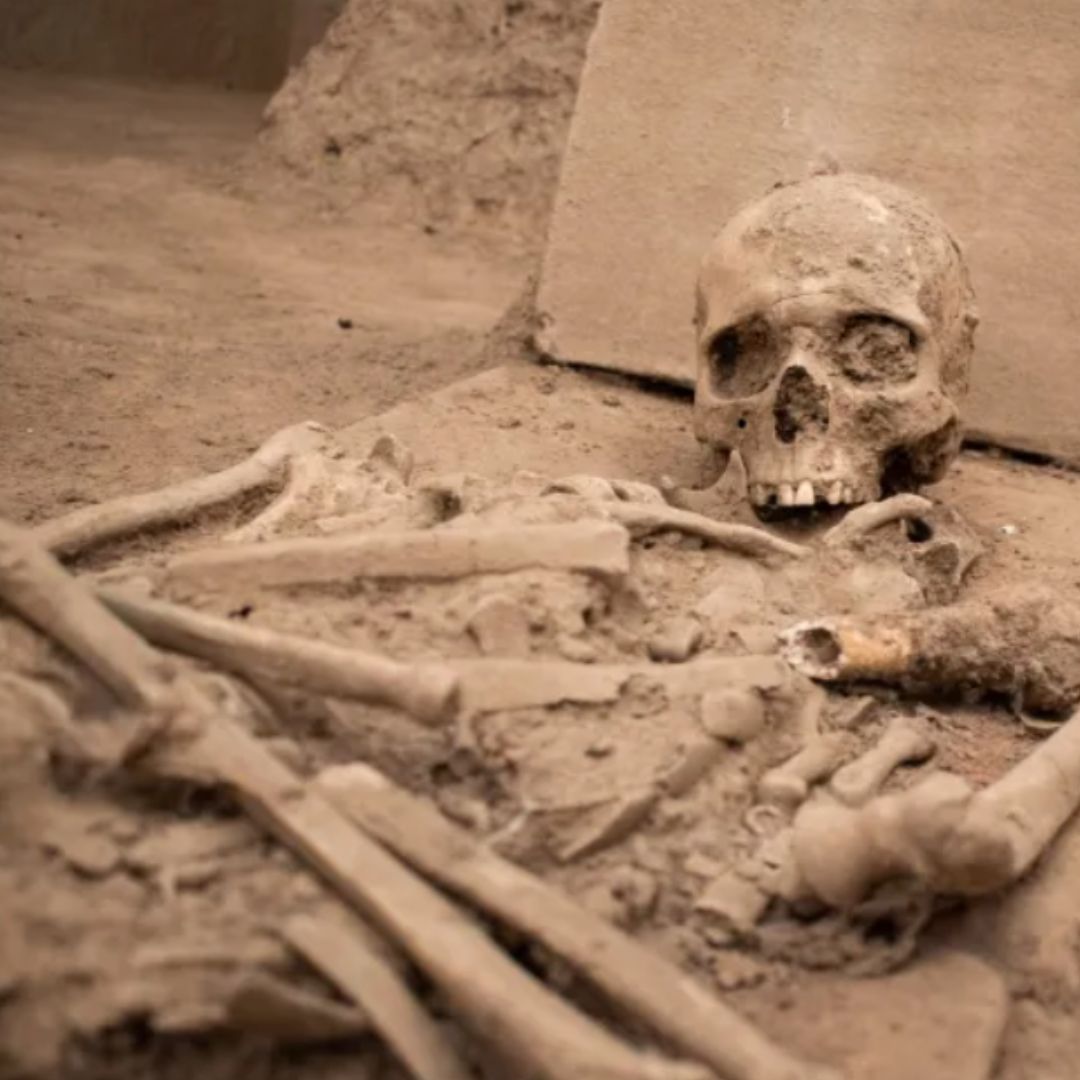
Researchers in Italy have found evidence that cannabis was used by residents of Milan hundreds of years ago by studying bones from a 17th-century cemetery. In a report on the research, the scientists surmise that weed was likely used recreationally, noting that hospital records from the time do not include cannabis in an inventory of medicinal plants used in Milan in the 1600s.
“We know that cannabis has been used in the past, but this is the first study ever to find traces of it in human bones. This is an important finding because very few laboratories can examine bones to find traces of drugs.”
“The results obtained on bone samples showed the presence of two molecules, Delta-9-THC and CBD, highlighting the administration of cannabis,” the researchers wrote. “These results, to the best of our knowledge, constitute the first report on the detection of cannabis in historical and archaeological human osteological remains.”
The research, which was published in the December issue of the peer-reviewed Journal of Archaeological Science, attempted to discover traces of plants used for medical or recreational purposes by residents of 17th-century Milan.
The researchers note that the findings suggest that people of all ages and genders used cannabis at the time. An analysis of the medical records of the Ospedale Maggiore did not include cannabis among its records of healing plants used at the time, leading the researchers to conclude that cannabis was used recreationally. The researchers believe that cannabis may have been added to foods as a way to relax and escape the realities of the time.








